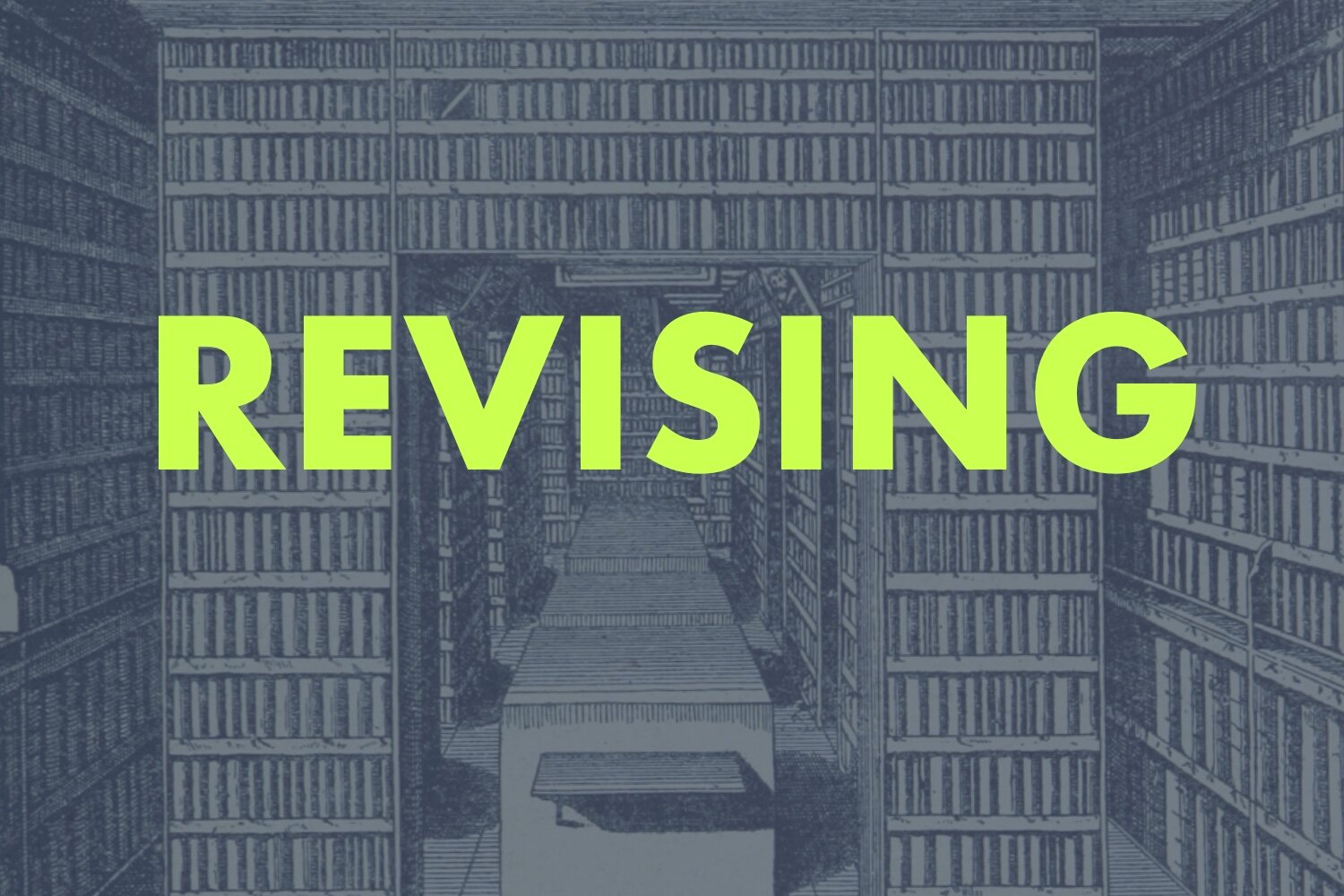What makes a historical novel historical?
Learn how Maggie O'Farrell gets maximum value from historical details in her novel The Marriage Portrait.
How to use sensory details to ground introspection
Learn how to use sensory details to bring important introspective moments alive for your readers and help them identify with your point-of-view character.
How do you use focalization in omniscient narration?
Learn how to use focalization to show the thoughts and feelings of multiple characters in a single scene with examples from Maggie O'Farrell's The Marriage Portrait.
How do you use time jumps to create suspense?
See how Rebecca Roanhorse uses time jumps to create suspense in Black Sun.
How do you deliver plot surprises?
Learn how to maximize the drama of plot revelations by studying the techniques used by Laura Dave.
How can a single point-of-view novel include multiple voices?
See how Casey McQuiston uses fictionalized primary materials to bring additional voices into I Kissed Shara Wheeler.
What can dialogue do?
Learn the techniques Casey McQuiston uses to maximize the impact of dialogue in I Kissed Shara Wheeler.
How do you hook a reader?
How do you engage and disrupt genre tropes to hook your readers?
How do you make omniscient narration fresh and modern?
Is there a place for omniscient narration, associated closely with nineteenth-century novels, in a twenty-first-century literary landscape dominated by limited narration?
How do you balance multiple points of view?
Why and how can you use multiple point-of-view narration in your novel? We’ll analyze NK Jemisin’s The City We Became to find out.
How do openings pull us in?
In the opening of The Dutch House, Ann Patchett strategically opens story questions, provides layers of narration, and makes setting details do double duty to draw in readers.
Craft in the Real World, by Matthew Salesses
Salesses investigates why and how writing craft rules work, and gives concrete suggestions for how we might think about them differently.
How to fix common point-of-view problems
How do you decide what point of view is best for your story, and how do you use point of view to deepen your reader’s engagement with your characters?
Using point of view to create drama: Persuasion chapter 24
Learn how Austen uses point of view to create drama and suspense in a scene without much external action.
POV ventriloquism: Persuasion chapter 14
A close reading of how Austen uses the slipperiness of omniscient narration to her advantage.
The power of information: Persuasion chapter 7
Learn how Austen uses point of view to create drama and suspense in a scene without much external action.
Savage humor: Persuasion chapter 3
Learn how Austen uses narrative layers to subtly savage the characters she wants readers to hate.
What we learn from un-novel novels: Persuasion chapter 2
What can we learn from reading un-novel novels, like Jane Austen’s Persuasion?
















